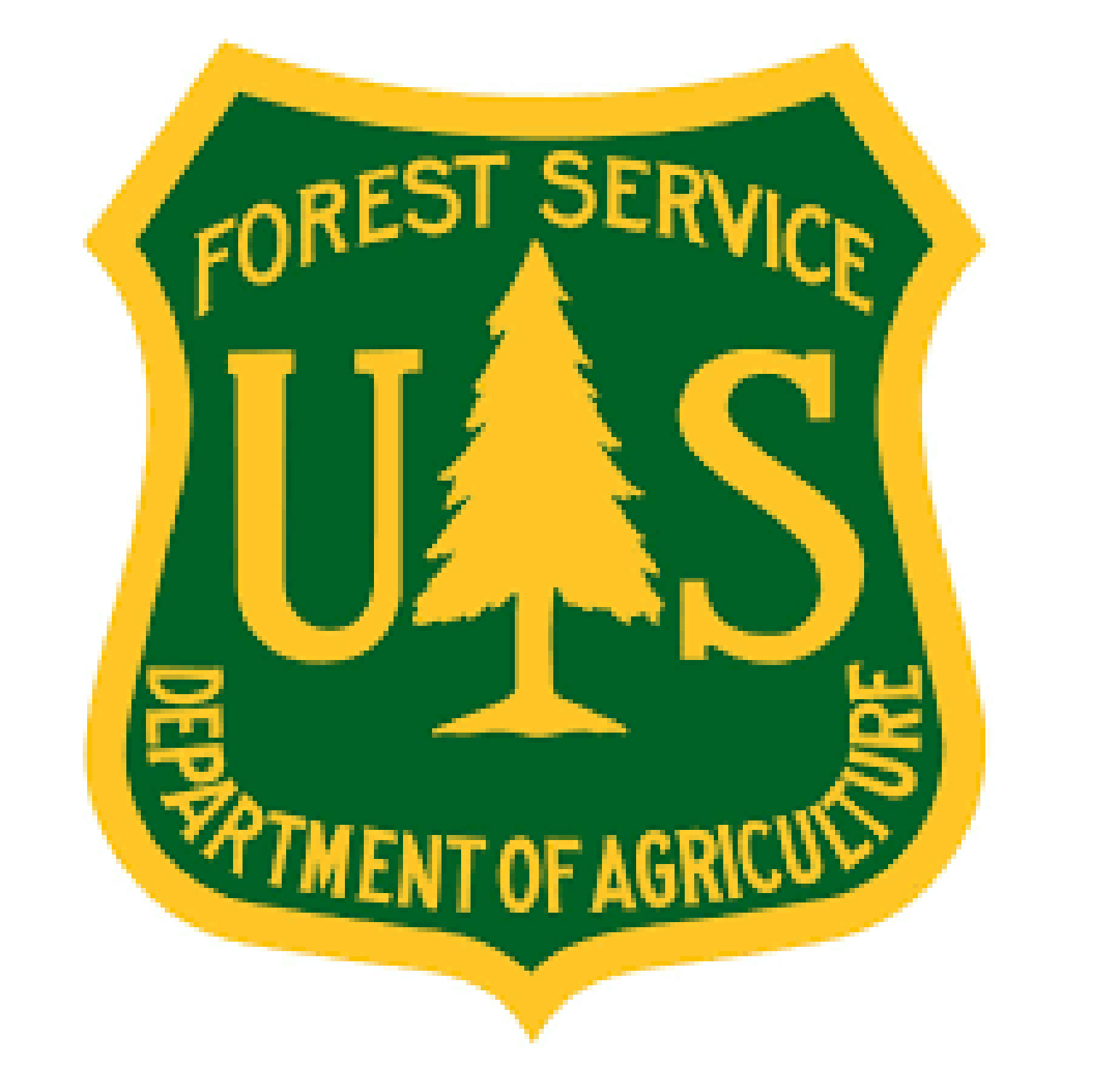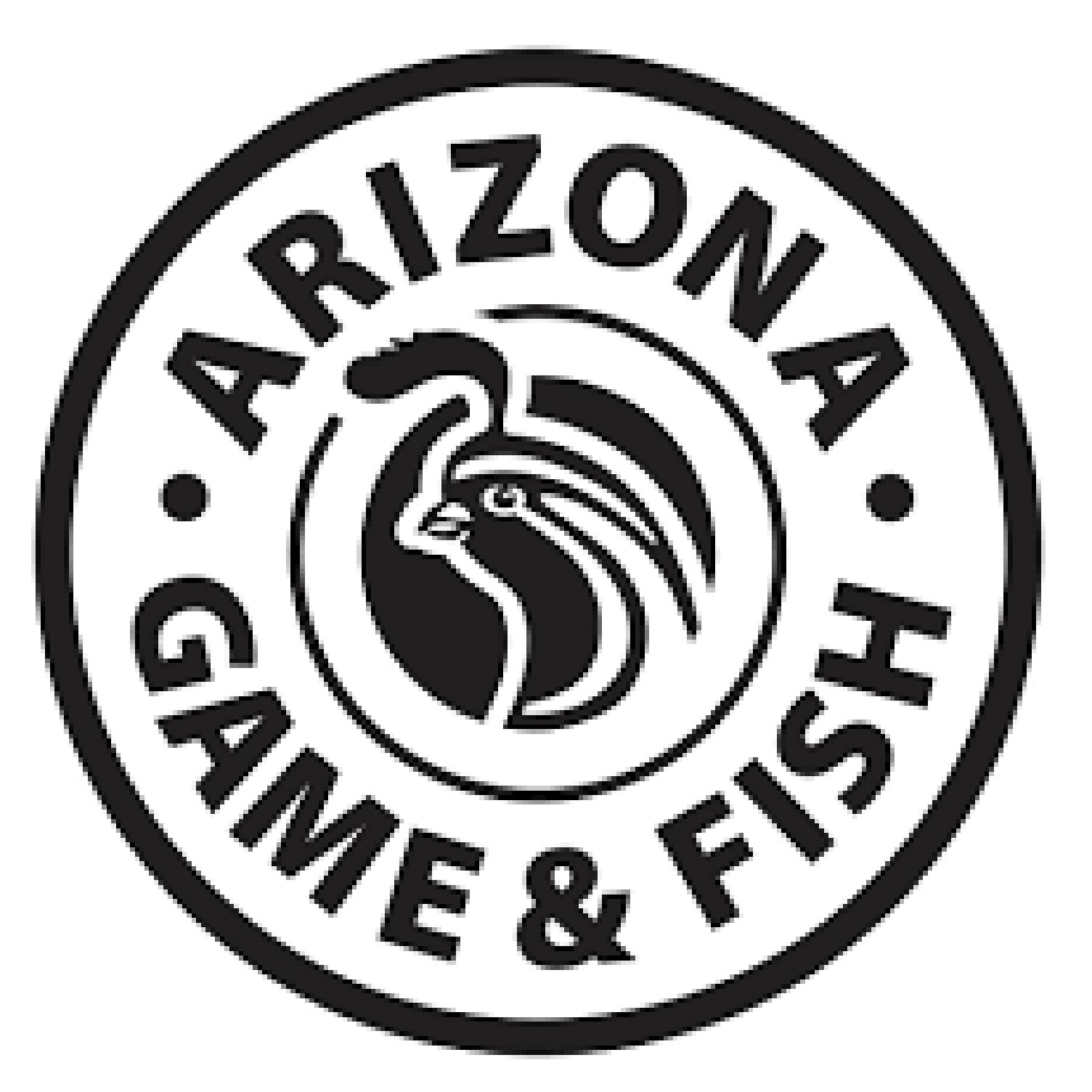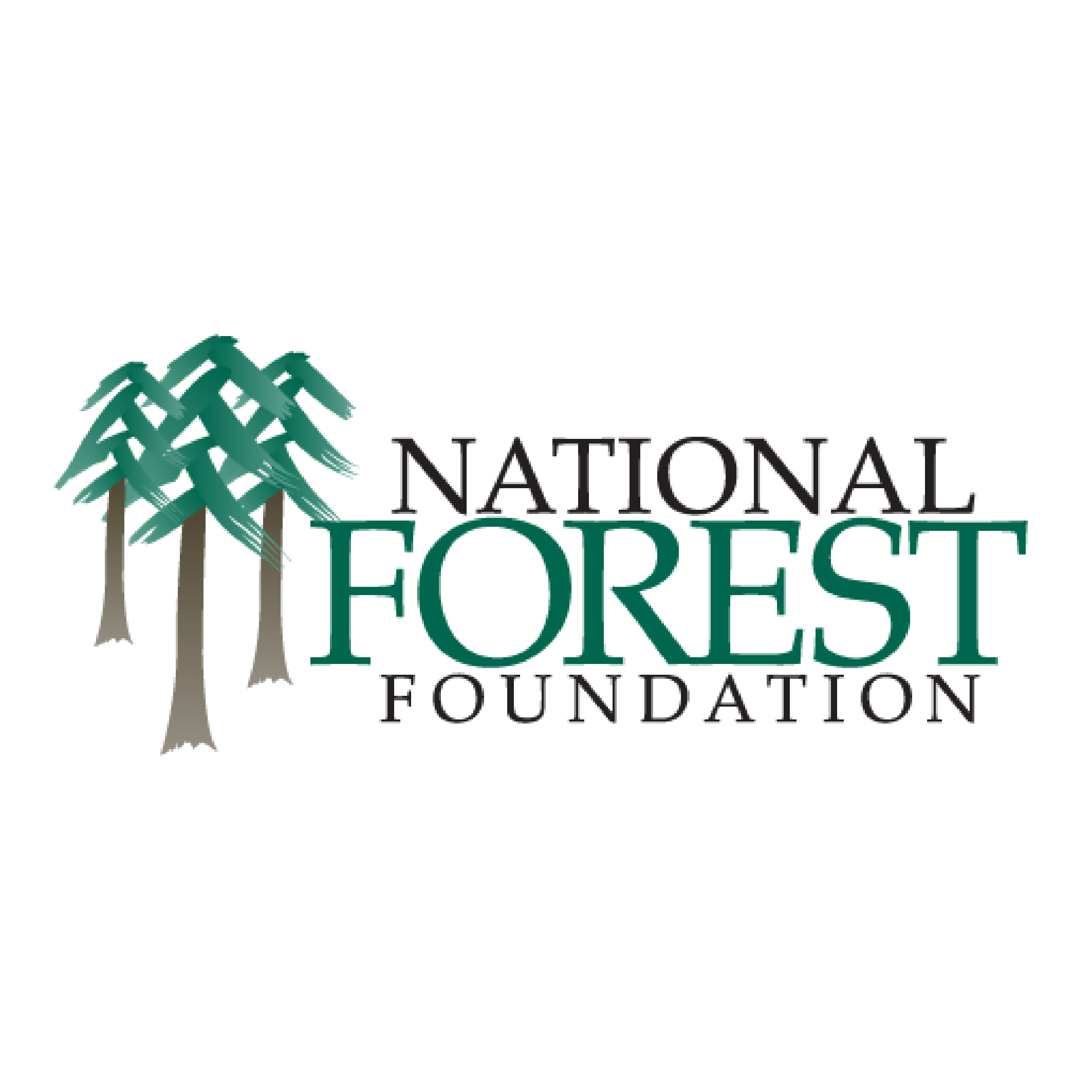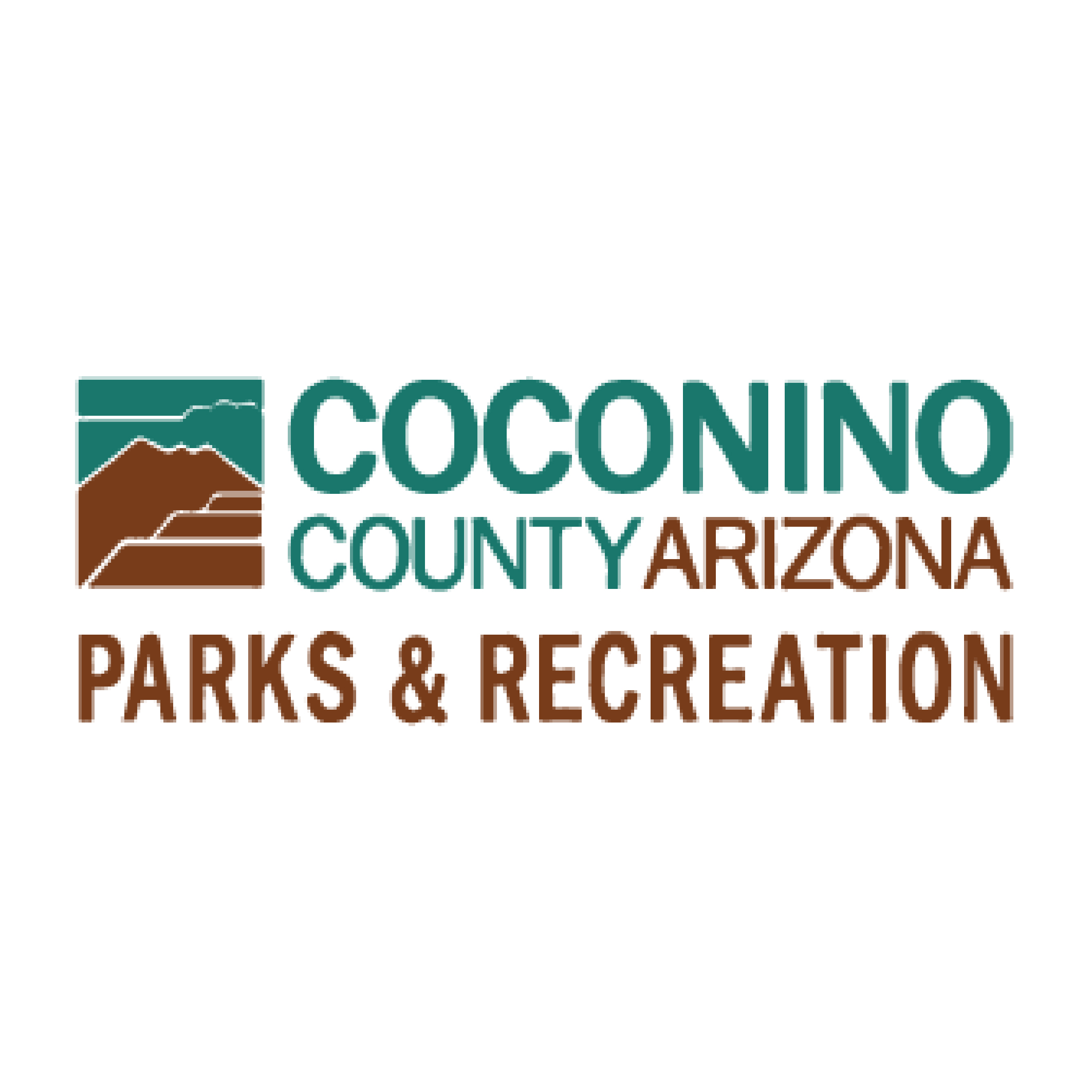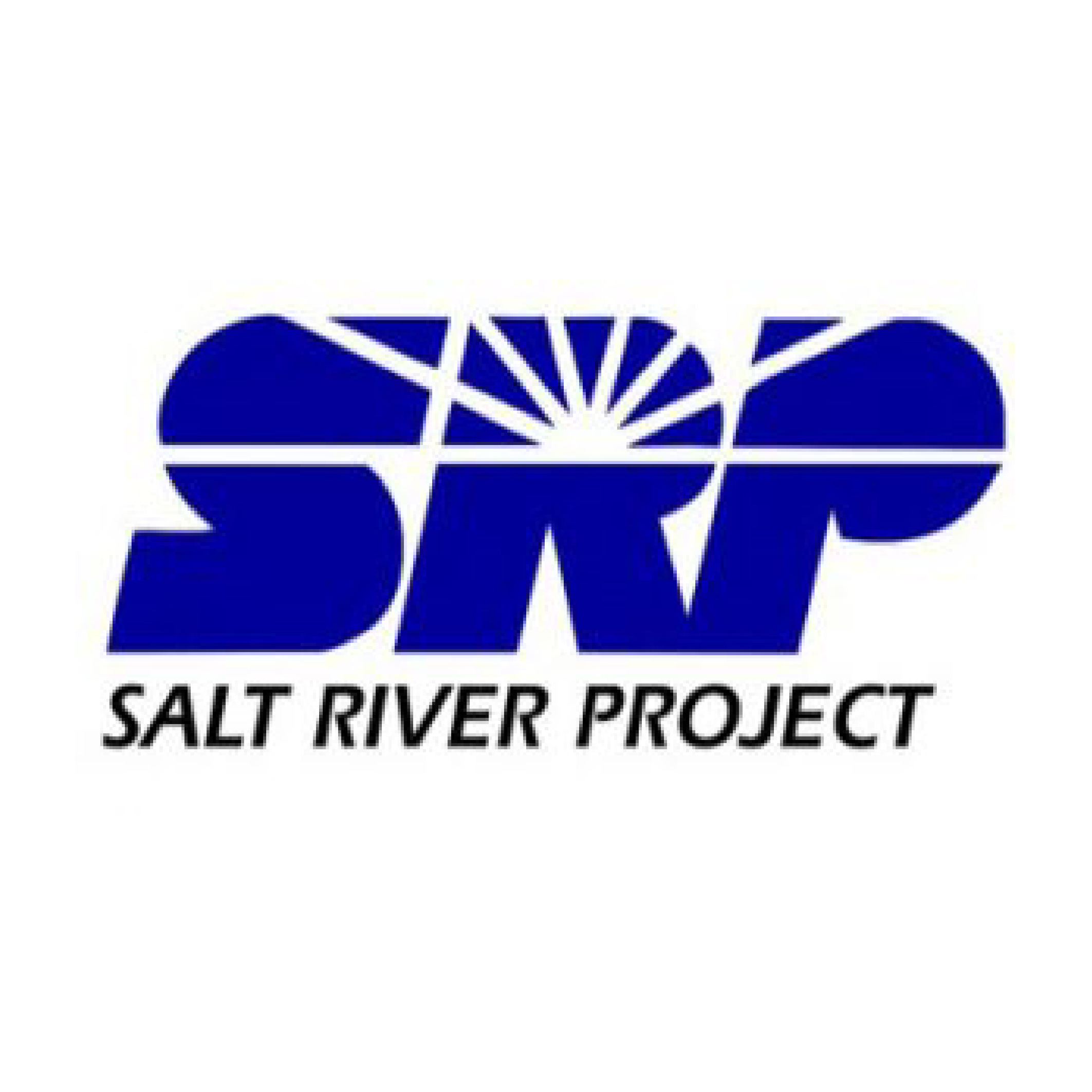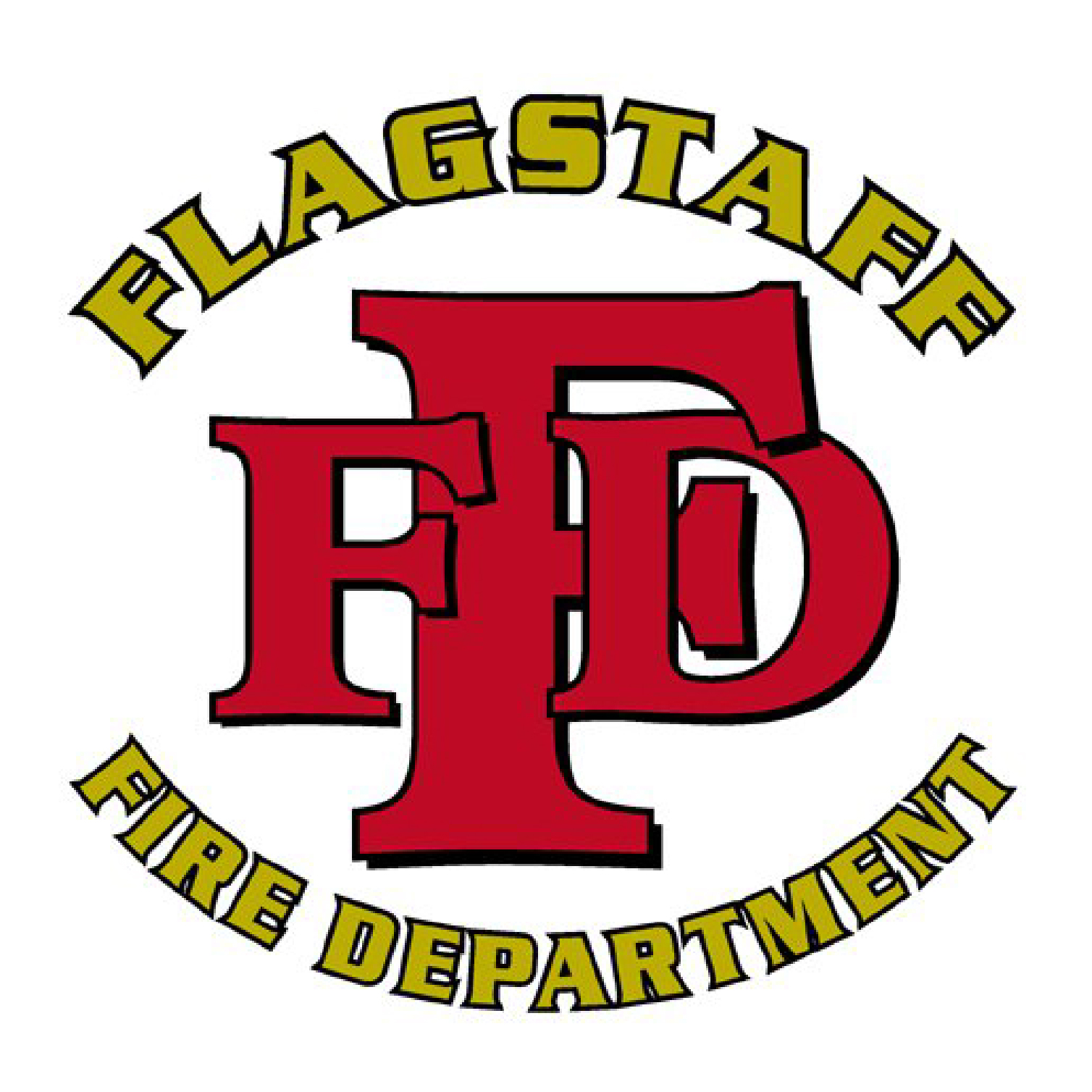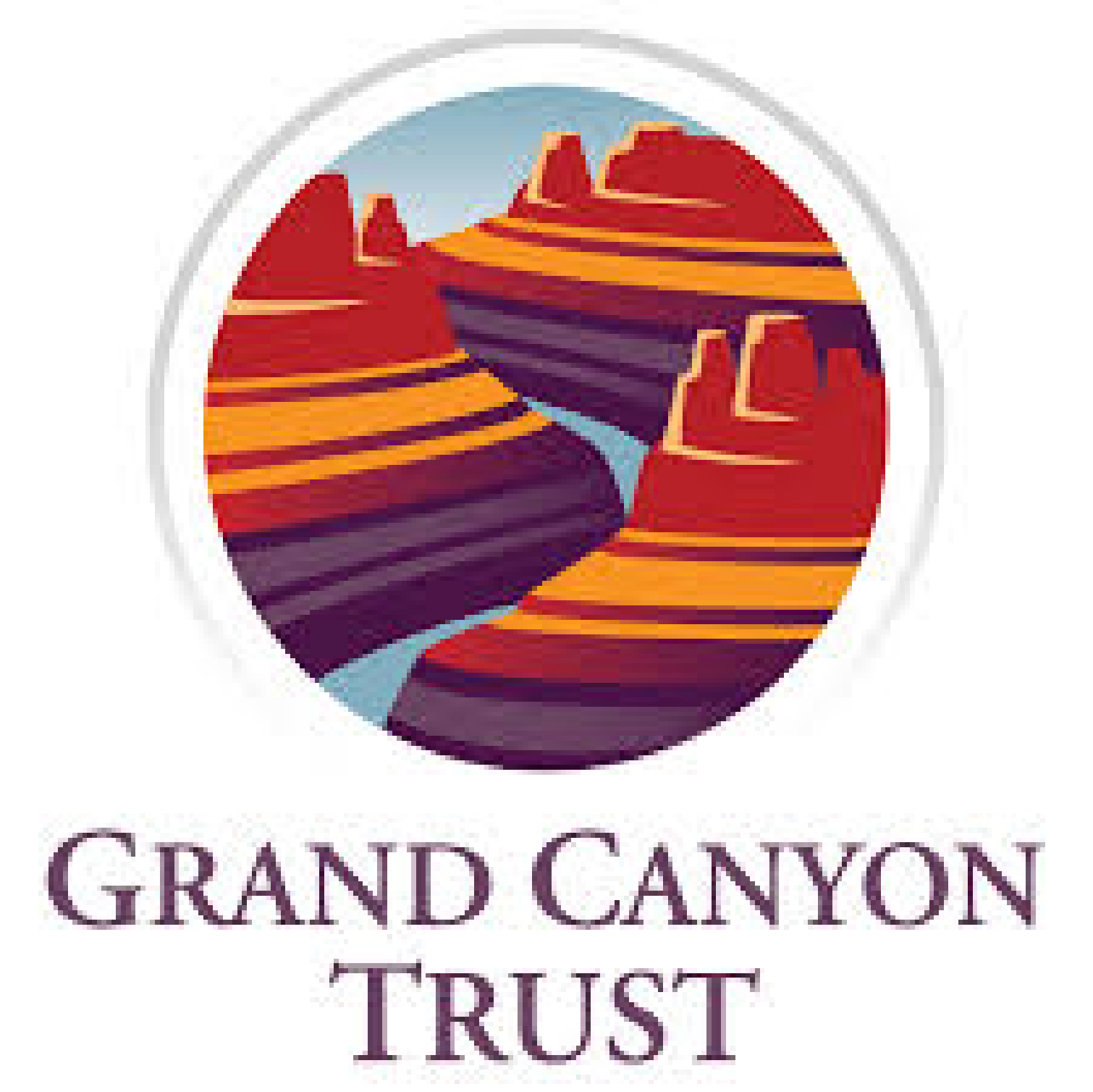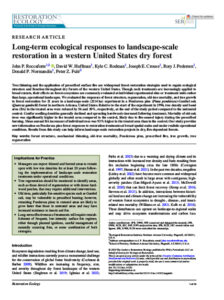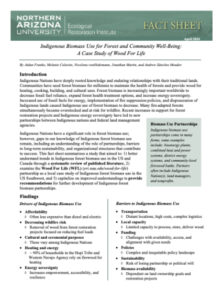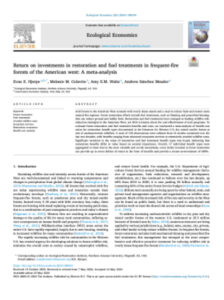Science Outreach
As known experts on science outreach and land management guidance, we work with public land managers, public land stakeholders, and policy makers throughout the western United States.
Our goal is to translate peer reviewed science into language that simply and quickly communicates its applications and implications. We do this by providing short fact sheets and summarized working papers that address specific land management questions and concerns. We analyze the social and economic implications of land management policy and guidelines in white papers for policy makers and influencers. Additionally, our topics in restoration and resiliency papers provide basic, general information for the public and for public information officers about restoration science and wildland fire.
In the Southwest, besides providing current research through our many publications, we work directly with our land management partners and multiple stakeholders to:
- inform land management agencies of current conditions
- offer information on restoration opportunities
- collaborate on design and implementation of experimental treatments to achieve restoration
- develop demonstration units for education and sharing
Throughout the greater West, we partner with other researchers to address similar questions. Our highly trained staff offers in-depth workshops designed to fill capacity gaps in continuing education and practitioner sharing.
How do I…
Plan For Restoration?
Implement Forest Restoration?
Monitor Restoration?
Partner to Restore?
Incorporate Best Available Science?
Our Partners
Coconino National Forest
The Coconino National Forest is host to multiple research sites that have contributed to understanding historic fire regimes (fire history), changing stand dynamics through time (historic plot data), and treatment effects (LEARN sites). The CNF is also where the Greater Flagstaff Forest Partnership initiated, and has been an important partner for collaborative work on federal lands for more than 25 years.
Kaibab National Forest
The ERI has partnered with the Kaibab National Forest on forest restoration demonstration areas, research plots and forest plan monitoring.
Southwest Fire Science Consortium
The Southwest Fire Science Consortium (SWFSC) is a way for managers, scientists, and policy makers to interact and share science. SWFSC and ERI have successfully partnered on several working papers, such as Southwestern Mixed-Conifer Forests: Evaluating reference conditions to guide ecological restoration treatments and Fuel Treatment Longevity.
Apache-Sitgreaves National Forest
Administered as one national forest, the Apache-Sitgreaves is one of six national forests in Arizona and encompasses more than 2 million acres of magnificent mountain country in east-central Arizona. The forest’s headquarters is located in Springerville, with four additional ranger stations in Alpine, Clifton, Heber-Overgaard, and Lakeside.
AZ Game and Fish Department
The AZGFD works closely with ERI on the Four Forest Restoration Initiative’s multi-party monitoring board, with AZGFD providing critical assistance during a Mexican spotted owl workshop hosted by ERI.
US Fish and Wildlife Service, Southwest Region
The US Fish and Wildlife Service (USFWS), Southwest Region works with a variety of partners to conserve, protect, and enhance fish, wildlife, and their habitat. The ERI has worked closely with the USFWS and the USDA Forest Service on a management experiment to study Mexican spotted owl occupancy and reproduction following mechanical and burning treatments in protected activity centers as part of the Flagstaff Watershed Protection Project.
National Forest Foundation
The National Forest Foundation is the congressionally charted nonprofit partner of the USDA Forest Service. The ERI and NFF also work together to develop and promote the Collaborative Forest Landscape Restoration Program Monitoring Network and jointly offer peer learning sessions about landscape monitoring questions and approaches.
Coconino County Parks and Recreation
The ERI worked closely with Coconino County to implement a forest restoration demonstration area and fire risk reduction thinning on 325 acres to improve public safety, reduce wildfire risk, and provide an educational opportunity for the public to learn about forest health.
Salt River Project
As one of the nation’s largest public power utilities, SRP provides reliable electricity and water to more than 2 million people in central Arizona. Most of the Valley’s water supply comes from winter precipitation and runoff from Arizona mountains. In an effort to restore health and resiliency to our forests and to protect the state’s watersheds, ERI and SRP researchers partnered to study forest restoration and how restoration treatments affect water quality. This research will increase understanding of the relationship between forests, fire and water.
The City of Flagstaff Fire Department
The city’s Wildland Fire Management program’s mission is to promote, create, and maintain a sustainable healthy forest ecosystem and a FireWise community. The program was instrumental in developing a Community Wildfire Protection Plan, a Wildland Interface Code, and the Flagstaff Watershed Protection Project.
Grand Canyon Trust
The Grand Canyon Trust and ERI have worked together as collaborative partners on the Four Forest Restoration Initiative and both are dedicated to the restoration of fire-adapted landscapes.
Additional Partners:
Prescott National Forest
Bureau of Land Management
Rocky Mountain Research Station
Camp Navajo, Department of Defense
The Nature Conservancy of Arizona
AZ State Department of Fire and Forest Management
Long-term ecological responses to landscape-scale restoration in a western United States dry forest
Tree thinning and prescribed surface fire are common forest restoration strategies in the dry forests of the western United States. These treatments are often assessed at small scales rather than across large areas. This study evaluated forest structure, regeneration, old-tree mortality, and tree growth over 21 years in a large (2114 ha) Ponderosa pine-Gambel oak forest in northern Arizona. By the end of the study, tree density and basal area in the treated area were reduced by 56% and 38%, respectively, compared to the untreated control. Conifer seedling densities generally declined while hardwood sprouting increased post-treatment. Old oak tree mortality was higher in the treated area, likely due to fire injury. The mean annual basal area increment of individual trees was 93% higher in the treated area than in the control. These findings offer valuable insights for large-scale restoration efforts in dry, fire-dependent forests.
Return on investments in restoration and fuel treatments in frequent-fire forests of the American west: A meta-analysis
Arid forests in the American West are overly dense and need fuel reduction and fire regime restoration. Forest restoration efforts, such as thinning and prescribed burning, aim to reduce wildfire risks. Despite their importance, the cost-effectiveness of these programs is not well understood. This study conducted a meta-analysis of 120 observations from 16 studies over the past two decades to evaluate the benefits and costs of forest restoration and fuel treatments. Results showed significant variation in benefits, from enhanced ecosystem services to avoided wildfire costs. In high-value, at-risk watersheds, every dollar invested in restoration yielded up to seven dollars in benefits, achieving a 600% return on investment.

